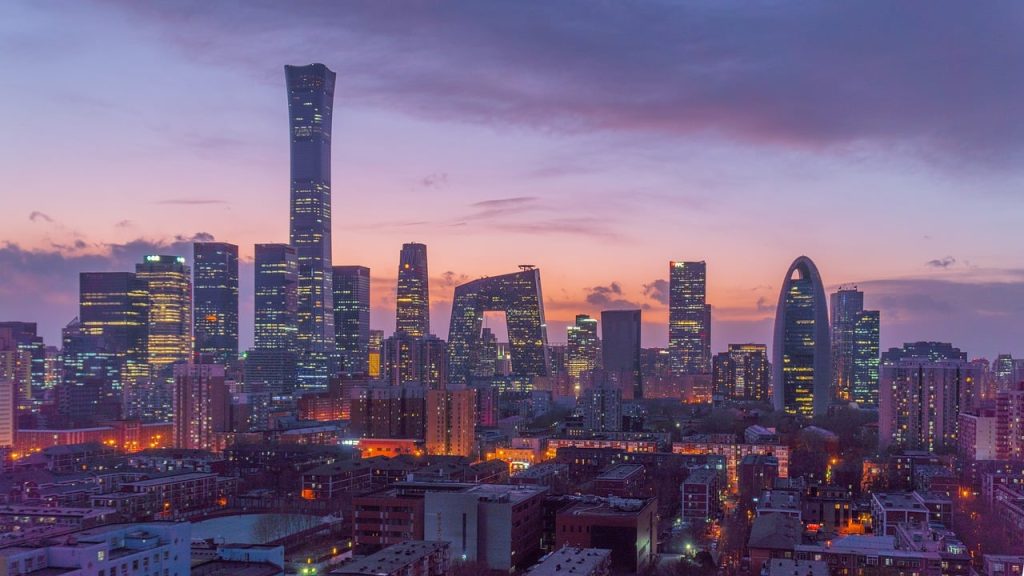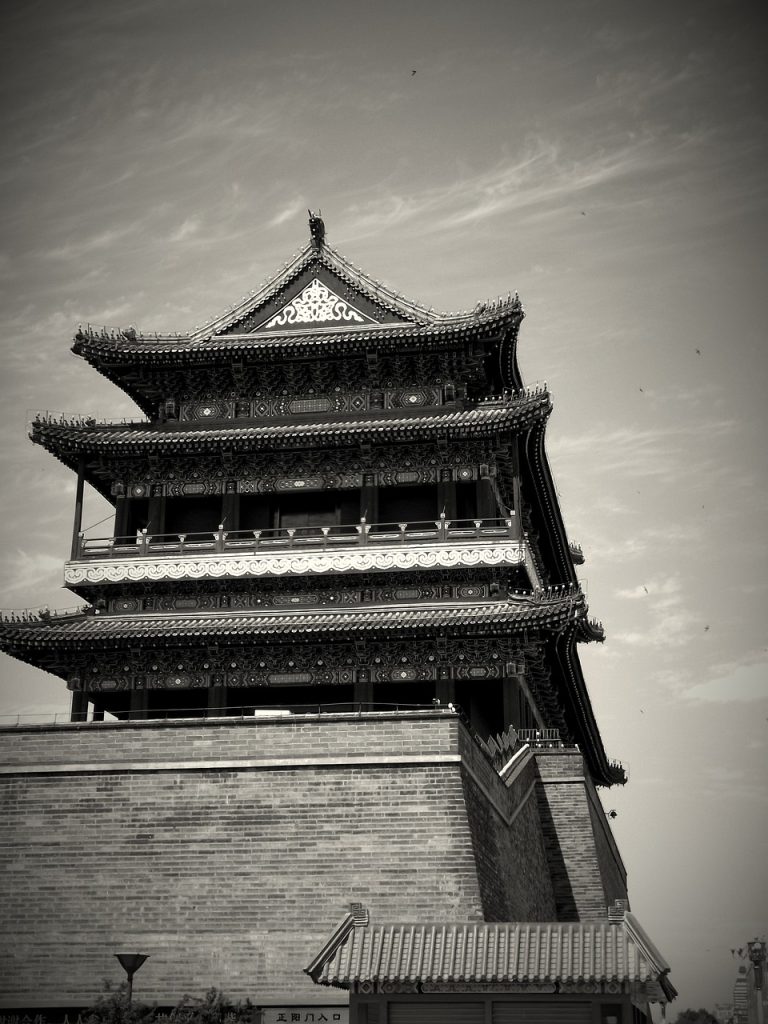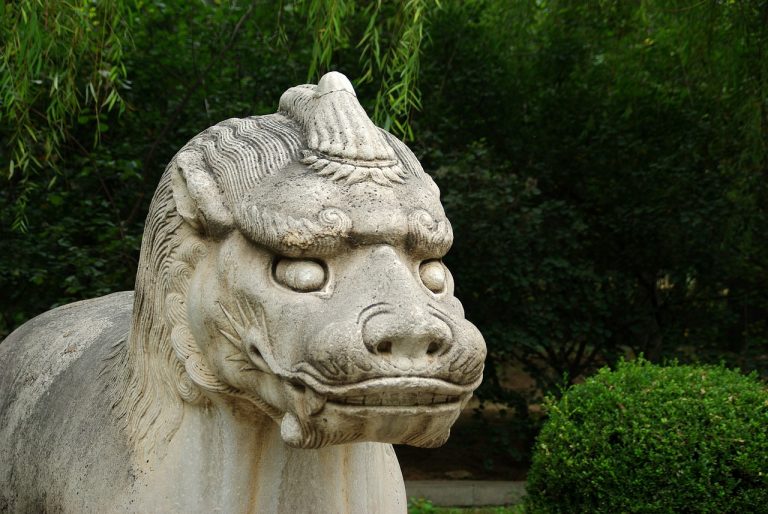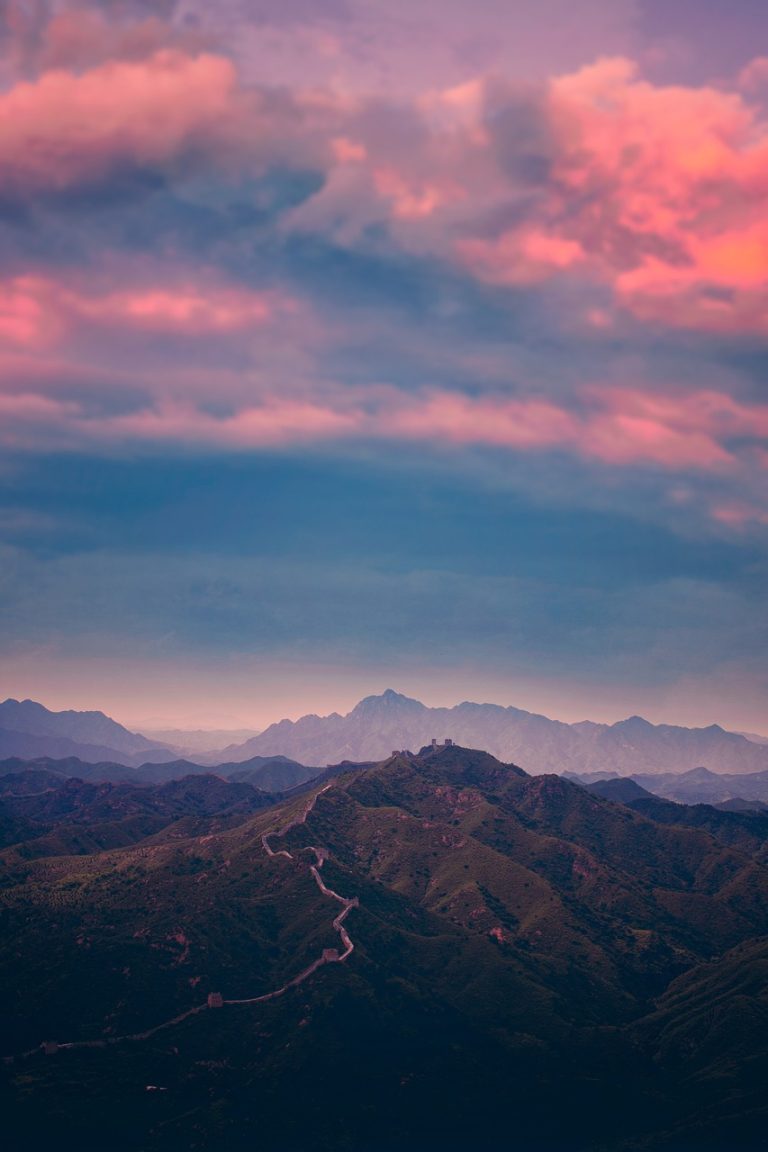Beijing China Video
Scenic Routes: Best Views and Photo Spots in Beijing China
Beijing, the capital city of China, is known for its rich history, cultural heritage, and stunning landscapes. From ancient palaces to modern skyscrapers, Beijing offers a plethora of scenic routes that showcase the city’s beauty and charm. Whether you are a nature lover or a photography enthusiast, these scenic routes will provide you with the best views and photo spots to capture the essence of Beijing.
The Great Wall of China
The Great Wall of China is undoubtedly one of the most iconic landmarks in the world. Spanning over 13,000 miles, it is an architectural marvel that offers breathtaking views of the surrounding countryside. Some of the best sections of the Great Wall to visit in Beijing include Badaling, Mutianyu, and Jinshanling. These sections provide different perspectives and photo opportunities, allowing you to capture the grandeur of this ancient wonder.
- Badaling: Located just 43 miles north of Beijing, Badaling is the most visited section of the Great Wall. Its well-preserved walls and strategic location offer stunning panoramic views of the mountainous landscapes.
- Mutianyu: Situated 45 miles northeast of Beijing, Mutianyu is known for its picturesque scenery and less crowded atmosphere. The section is surrounded by dense forests, making it a popular choice for nature lovers.
- Jinshanling: Located 87 miles northeast of Beijing, Jinshanling is famous for its diverse architecture and breathtaking views. The section features both restored and unrestored portions, providing a unique glimpse into the history of the Great Wall.
Keywords: Great Wall of China, Badaling, Mutianyu, Jinshanling, panoramic views, mountainous landscapes, picturesque scenery, dense forests, diverse architecture, history
Image 1:

Summer Palace
The Summer Palace, known as Yiheyuan in Chinese, is a magnificent imperial garden located in the northwest of Beijing. It is renowned for its beautiful landscapes, traditional architecture, and serene atmosphere. The palace complex encompasses Kunming Lake, Longevity Hill, and various pavilions, bridges, and temples.
- Kunming Lake: The centerpiece of the Summer Palace, Kunming Lake offers stunning reflections of the surrounding pavilions and bridges. Renting a boat or strolling along the lakeside promenade allows you to capture the tranquility and beauty of the area.
- Longevity Hill: Rising above Kunming Lake, Longevity Hill provides a panoramic view of the Summer Palace. Climb to the top for a breathtaking vista of the gardens, temples, and the city skyline in the distance.
- Pavilions and Bridges: The Summer Palace is adorned with numerous pavilions and bridges that are perfect for capturing traditional Chinese architecture amidst the lush greenery. The Seventeen-Arch Bridge and the Marble Boat are particularly popular photo spots.
Keywords: Summer Palace, Yiheyuan, Kunming Lake, Longevity Hill, pavilions, bridges, traditional architecture, serene atmosphere, panoramic view, lush greenery
Image 2:
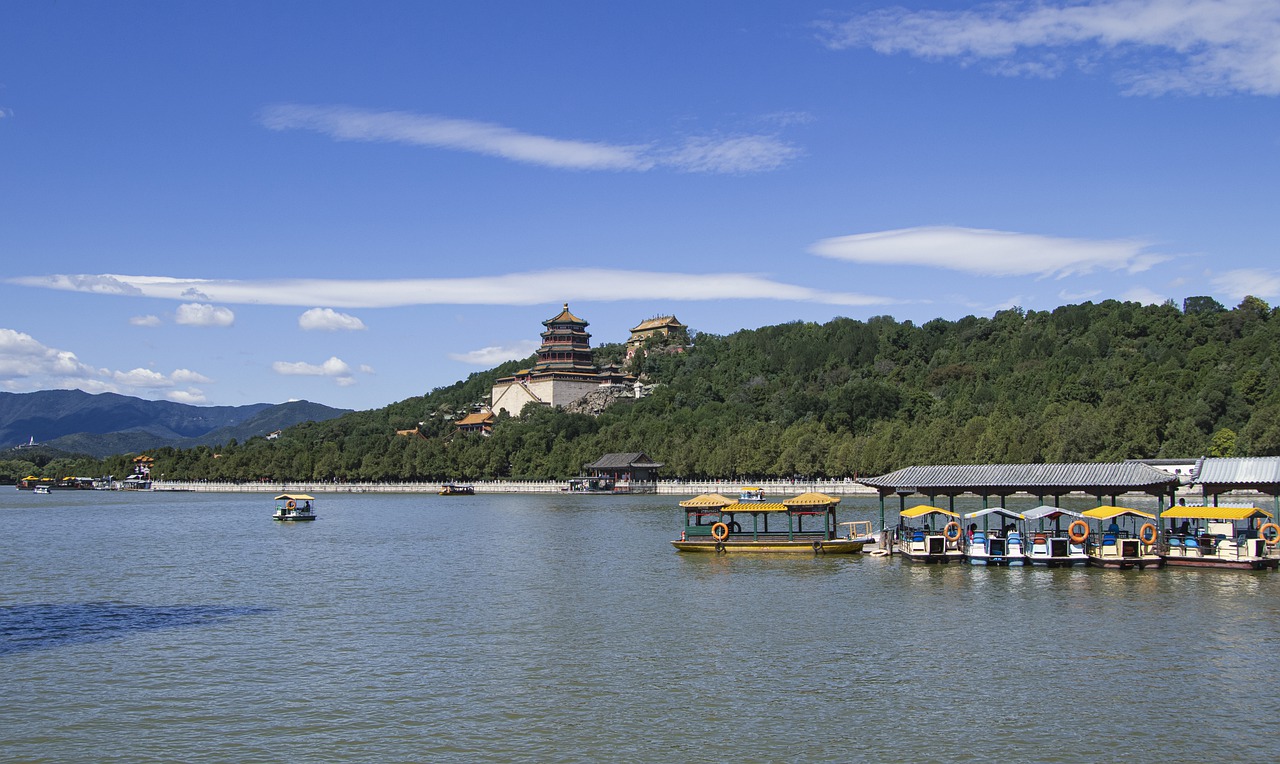
Temple of Heaven
The Temple of Heaven, a UNESCO World Heritage Site, is an imperial complex dedicated to rituals and prayer. It is located in the southeastern part of Beijing and is known for its exquisite architecture and serene surroundings. The complex consists of several buildings, including the Hall of Prayer for Good Harvests, the Imperial Vault of Heaven, and the Circular Mound Altar.
- Hall of Prayer for Good Harvests: This iconic triple-gabled circular building is one of the main attractions of the Temple of Heaven. Its vibrant colors and intricate details make it a perfect subject for photography.
- Imperial Vault of Heaven: The Imperial Vault of Heaven is a smaller circular building located north of the Hall of Prayer for Good Harvests. It is surrounded by a beautiful park and offers a peaceful atmosphere for capturing stunning shots.
- Circular Mound Altar: The Circular Mound Altar is an elevated platform with three concentric circular terraces. The symmetry and grandeur of this structure make it an excellent spot for architectural photography.
Keywords: Temple of Heaven, UNESCO World Heritage Site, Hall of Prayer for Good Harvests, Imperial Vault of Heaven, Circular Mound Altar, exquisite architecture, serene surroundings, vibrant colors, intricate details, peaceful atmosphere, grandeur
Lama Temple
The Lama Temple, also known as Yonghe Temple, is one of the most important Tibetan Buddhist temples outside of Tibet. It is located in the northeastern part of Beijing and is famous for its magnificent Tibetan-style architecture and numerous Buddha statues.
- Gateways and Halls: The Lama Temple features several gateways and halls, each adorned with intricate carvings and colorful decorations. The ornate details and vibrant colors make for captivating photographs.
- Three-story Maitreya Hall: The highlight of the temple is the Three-story Maitreya Hall, which houses a massive statue of Maitreya Buddha carved from a single piece of sandalwood. Capturing the grandeur of this hall is a must for any photography enthusiast.
- 500 Arhats Hall: Another notable hall within the temple is the 500 Arhats Hall, which contains 500 life-sized statues of arhats, or Buddhist disciples. The intricate details of each statue provide ample opportunities for close-up shots.
Keywords: Lama Temple, Yonghe Temple, Tibetan Buddhist temple, gateways, halls, Tibetan-style architecture, Buddha statues, intricate carvings, colorful decorations, Maitreya Hall, sandalwood, 500 Arhats Hall
Beihai Park
Beihai Park is a beautiful imperial garden located in the center of Beijing. It is known for its picturesque landscapes, tranquil lakes, and historic pagodas. The park offers a serene atmosphere and plenty of photo opportunities.
- Beihai Lake: The centerpiece of the park is Beihai Lake, which offers stunning reflections of the surrounding pavilions and pagodas. Renting a paddleboat or simply strolling along the lakeside provides excellent views for photography.
- White Dagoba: Located on the top of Qionghua Island in Beihai Lake, the White Dagoba is a majestic Tibetan-style pagoda. Climbing to the top rewards you with panoramic views of the park and the city skyline.
- Round City: The Round City, also known as the Jade Island, is a small island within Beihai Park. It features beautiful gardens, ancient trees, and historic structures, making it a perfect setting for capturing the charm of traditional Chinese gardens.
Keywords: Beihai Park, imperial garden, Beihai Lake, tranquil lakes, historic pagodas, picturesque landscapes, serene atmosphere, reflections, paddleboat, White Dagoba, Tibetan-style pagoda, Round City, Jade Island, traditional Chinese gardens
Image 3:

798 Art District
The 798 Art District, also known as Dashanzi Art District, is a thriving artistic community located in northeast Beijing. It is housed in a former factory complex and has transformed into a hub for contemporary art, galleries, and creative spaces.
- Galleries and Art Installations: The 798 Art District is home to numerous galleries and art installations, showcasing a wide range of contemporary artworks. From sculptures to paintings, there is something for every art enthusiast.
- Street Art: The walls of the district are adorned with vibrant street art, creating a colorful and dynamic backdrop for photography. Exploring the narrow alleys and hidden corners reveals hidden gems waiting to be captured.
- Cafes and Restaurants: The district is not only an art destination but also a culinary one. The eclectic mix of cafes and restaurants provides unique settings for capturing the fusion of art and gastronomy.
Keywords: 798 Art District, Dashanzi Art District, artistic community, contemporary art, galleries, creative spaces, sculptures, paintings, street art, colorful backdrop, cafes, restaurants, fusion of art and gastronomy
Beijing Olympic Park
The Beijing Olympic Park is a vast recreational area that hosted the 2008 Summer Olympics. It is located in the northern part of Beijing and is home to iconic structures such as the Bird’s Nest Stadium and the Water Cube.
- Bird’s Nest Stadium: The Bird’s Nest Stadium is an architectural masterpiece designed for the Olympics. Its unique structure and intricate lattice work make it a popular subject for architectural photography.
- Water Cube: The Water Cube, also known as the National Aquatics Center, is an eye-catching building with its bubble-like exterior. At night, it is illuminated with colorful lights, providing a stunning backdrop for photography.
- Olympic Forest Park: Adjacent to the Olympic Park is the Olympic Forest Park, a vast green space with lakes, gardens, and walking trails. The park offers a peaceful retreat from the bustling city and ample opportunities for capturing nature’s beauty.
Keywords: Beijing Olympic Park, 2008 Summer Olympics, Bird’s Nest Stadium, Water Cube, architectural masterpiece, lattice work, National Aquatics Center, bubble-like exterior, colorful lights, Olympic Forest Park, green space, lakes, gardens, walking trails
Beijing Hutongs
The Beijing Hutongs are narrow alleyways that form a unique part of the city’s cultural heritage. These traditional neighborhoods are characterized by traditional courtyard houses, narrow streets, and a vibrant local atmosphere.
- Courtyard Houses: The Hutongs are home to traditional courtyard houses, known as siheyuan. These houses feature a central courtyard surrounded by rooms, providing a glimpse into traditional Chinese architecture.
- Local Life: Exploring the Hutongs allows you to immerse yourself in the local culture and witness the daily lives of Beijing residents. Capture scenes of street vendors, elderly locals playing mahjong, and children playing in the narrow streets.
- Hidden Gems: The Hutongs are filled with hidden gems, including small shops, art studios, and traditional teahouses. Wander through the labyrinthine streets and discover unique photo opportunities at every turn.
Keywords: Beijing Hutongs, narrow alleyways, cultural heritage, traditional neighborhoods, courtyard houses, siheyuan, traditional Chinese architecture, local culture, street vendors, mahjong, hidden gems, art studios, teahouses
Tiananmen Square
Tiananmen Square is one of the largest public squares in the world and a symbol of China’s political and historical significance. Located in the heart of Beijing, it is surrounded by important landmarks such as the Forbidden City and the Great Hall of the People.
- Monument to the People’s Heroes: The Monument to the People’s Heroes stands at the center of Tiananmen Square, honoring the martyrs of China’s revolutionary struggles. Its imposing presence and intricate reliefs make it a compelling subject for photography.
- Flag Raising Ceremony: Every morning at sunrise, a flag raising ceremony takes place at Tiananmen Square. Witnessing this solemn event and capturing the fluttering flag against the backdrop of the square is a memorable experience.
- Views of Surrounding Landmarks: Tiananmen Square offers panoramic views of important landmarks such as the Forbidden City, the Great Hall of the People, and the National Museum of China. Capture the grandeur of these architectural wonders from the square.
Keywords: Tiananmen Square, public square, political significance, historical significance, Forbidden City, Great Hall of the People, Monument to the People’s Heroes, martyrs, flag raising ceremony, panoramic views, architectural wonders
Conclusion
Beijing, with its rich history and diverse landscapes, provides countless scenic routes and photo spots for visitors to explore. From the majestic Great Wall of China to the serene Summer Palace, each location offers unique perspectives and opportunities to capture the beauty of the city. Whether you are interested in ancient architecture, natural landscapes

